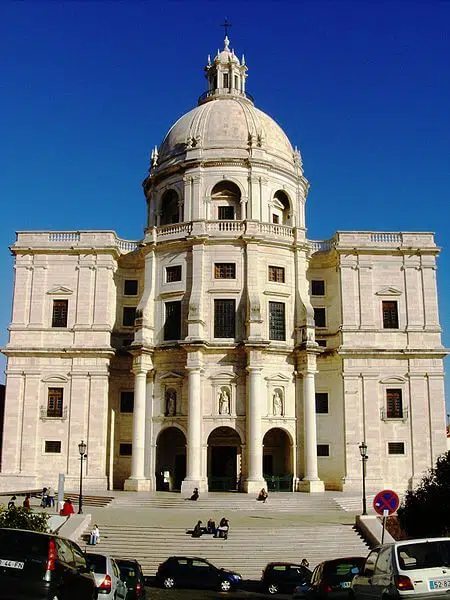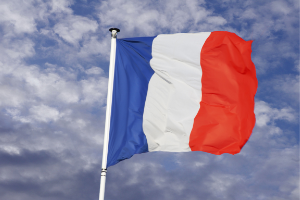I have always been struck by the neglect or even disdain shown by historians for the important part that popular culture plays in collective memory. A year ago, shortly before the FREE conference on football memory in Stuttgart, I even expressed my bewilderment in a post on this blog. There is a whole world out there of popular narratives about who we are, way beyond the ‘officially accredited collective memory’ of history textbooks framed by an elite. There is a living memory of icons, events and heroes that I have, over the years, often referred to as the ‘Parallel Pantheons’ of popular culture.
I was quite fond of this expression with its nice little alliteration, but from this week onward I will have to be more careful in using it. Reality has caught up. In a rare consensus, both social networks and parliamentarians of all parties in Portugal decided it was time a footballer was transferred to the ‘Panteão Nacional’ (located since 1916 in the former church of Santa Engrácia in Lisbon).
That the great Eusébio, who died last Sundat at age 71, had been a cherished national hero, had become very quickly obvious in the days following his death. Not only did tens of thousands of people give testimony to their unrestricted love and admiration for the former Benfica star and Ballon d’Or (1965) – the first black player to win the trophy – but the government also immediately declared three official days of mourning.
The decision to vote for Eusébio’s transfer to the National Pantheon is all the more remarkable as the Portuguese do not have the habit to bestow this honour in a casual manner. In its century of existence, the ‘Panteão Nacional’ has only welcomed 10 national heroes. But it has already opened its doors to another representative of popular culture, the ‘Queen of Fado’ Amália Rodrigues (who died in 1999). How very fitting that Eusébio will be number 11 and thus complete the national team’s line-up!
What seems to be somewhat over-the-top at first sight, is actually not so surprising after all. Mass media and communication technology have eroded the traditional legitimacy of what used to be ‘the official transmitters of memory’. In the age of facebook ‘likes’, people increasingly decide for themselves wha
The popular pressur in favour of recognition of the fact that Eusébio, whose performances have firmly anchored Lisbon and Portugal on the map of European football, has done more for his country than many political leaders is not without recalling the pressure exerted on the Vatican by the massive and repeated ‘santo subito!’ request concerning pope John Paul II.

Santa Engrácia, the ‘Panteão Nacional’ in Lisbon.
The extent to which the memory of Eusébio was immediately celebrated across the continent also gave evidence to the remarkable interconnectedness of the European football community. Contrary to the 1950s and before, the 60s have left a lot more images, and Eusébio was visibly admired all across Europe. Maybe he was more of a European hero than other recently mourned icons like George Best? In any case, he will be very likely to increase the number of visitors to Santa Engrácia.
As I wrote elsewhere, top-down official memory is now being complemented by a new bottom-up ‘wiki-memory’, whose archivists have the means to make their voice heard.




